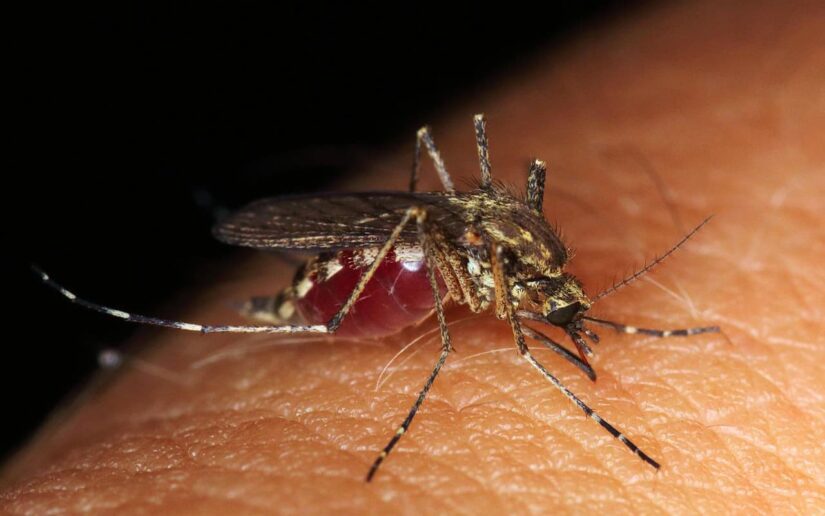First Aid for Animal and Insect Bites
Insect bites (wasps, fleas, spiders, ticks and flies) can lead to red skin, allergic reactions and poisoning. Symptoms and first aid will differ depending on the type of insect.
A wasp bite will cause pain and burning, itching, swelling and redness of the skin. First aid for a wasp sting:
Wash the sting site with soap and water (will help remove most of the venom).
Apply a cold compress to the affected area to reduce swelling and pain.
Keep the wound clean and dry.
When going outdoors, it is advisable to cover the bite area with a bandage to prevent infection. If you have a severe allergic reaction, you should see a doctor.
A snake bite may result in redness, swelling or blisters around the bite site, difficulty breathing, palpitations, increased sweating, and a metallic, rubbery, or minty taste in the mouth. Snake venom can cause numbness and tingling in the face and extremities, and muscle twitching.
If bitten by a snake, call an ambulance. If possible, photograph the snake from a safe distance (necessary to identify its species and select an antidote). First aid for a snake bite:
Remove watches, rings, and tight clothing.
Wash the bite site with soap and water.
Cover the affected area with a clean, dry bandage.
When applying the bandage, mark the edges of the swelling on the skin and write the time (will help doctors understand the rate at which the venom spreads and the action of the bite). Do not apply a tourniquet, suck out venom, puncture the skin, apply ice, or take painkillers when a snake bite occurs.
